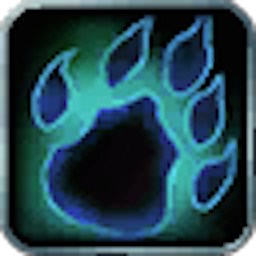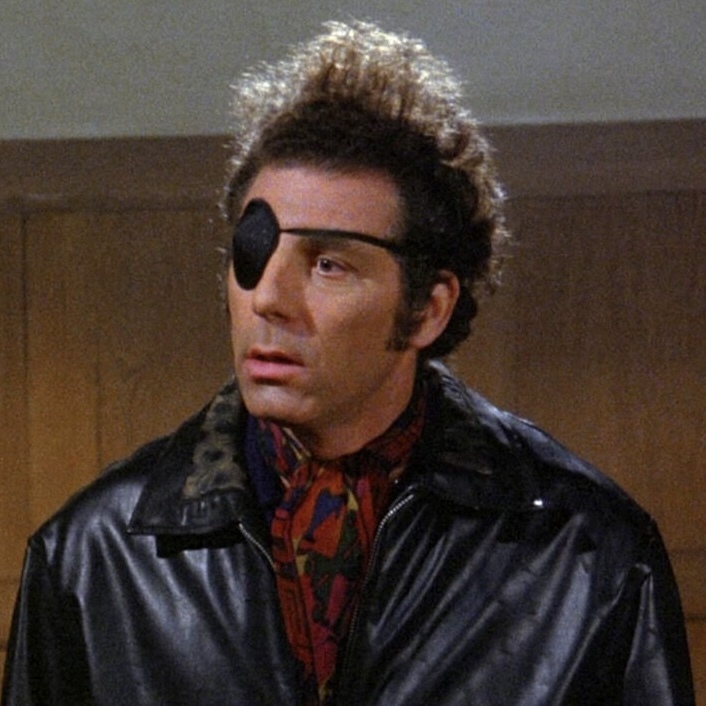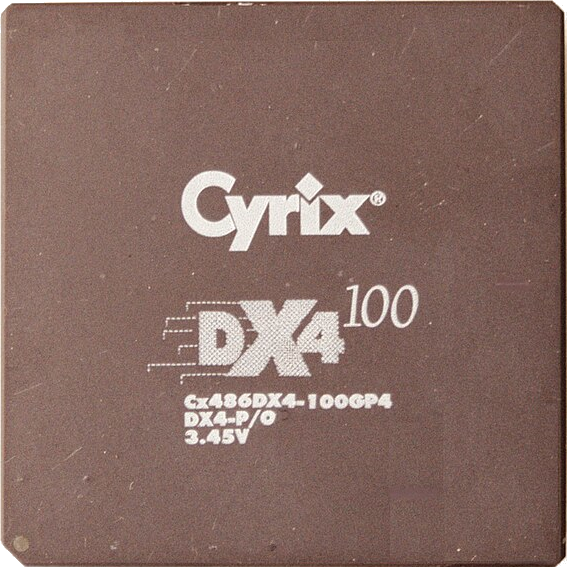I have quite an extensive collection of media that my server makes available through different means (Jellyfin, NFS, mostly). One of my harddrives has some concerning smart values so I want to replace it. What are good harddrives to buy today? Are there any important tech specs to look out for? In the past I didn’t give this too much attention and it didn’t bite me, yet. But if I’m gonna buy a new drive now, I might as well…
I’m looking for something from 4TB upwards. I think I remember that drives with very high capacity are more likely to fail sooner - is that correct? How about different brands - do any have particularly good or bad reputation?
Thanks for any hints!
Check out blackblaze drive stats, https://www.backblaze.com/cloud-storage/resources/hard-drive-test-data
This. They provide outstanding insights and the articles they provide alongside the data are quite good.
Buy recertified enterprise grade disks from https://serverpartdeals.com. Prices were around $160/16TB the last time I checked. Mix brands and models to reduce simultaneous failure. Use more than 1-disk redundancy. If you can’t buy from SPD, either find an alternative or buy external drives and shuck them. Use ZFS to know if your data is correct. I’ve been dealing with funny AMD USB controllers recently and the amount of silent data corruption I’d have gotten if not for ZFS is ridiculous.
This is incredible!
American sites like this so rarely ship to France, or it costs a litteral fortune just in shipping, here it’s 130€ for a 12TB shipping included!
Wow.
I Do Not Need A 12TB Hard drive.
I Do Not Need a 12 TB Hard drive!
I mean or do I?
Thanks 💖
Get more drives, run higher redundancy 💪
I use BTRFS for the same. Being able to check for and repair silent corruptions is a must (and this is without needing to read the whole drives, only the actual files). I’ve had a lot of them over the years, including (but not only) because of a cheap USB controller also.
Yep, I have 6 14tb drives from them in raid10.
Three-way mirror?
I would not trust these kind of dives in the mirror. IMHO RAID6 is the only way.
Due to risk of failure or risk of data corruption because the mirror can’t tell which drive is right when there’s a difference?
ZFS or BTRF mirror will know which side is at fault due to checksums. I’m more concern about simultaneous falures of two disks. Rebuilding of a RAID puts lots of pressure on remaining disks, so probability that remaining one dies too is much higher. with RAID6 3 disks need to die to lost date, which is less likely but not impossible.
The second one.
Mirroring is good for speed, but a storage mechanism with parity checks will always be more recoverable. And you will have far more storage available.
I think data checksums allow ZFS to tell which disk has the correct data when there’s a mismatch in a mirror, eliminating the need for 3-way mirror to deal with bit flips and such. A traditional mirror like mdraid would need 3 disks to do this.
I just keep adding 2 more drives as it gets full. Not sure if that’s the best thing.
Damn I just put 32 more TBs in my homelab and wish I would have known about this site.
One thing no one will tell you HOW LOUD some HDDs could get under load. You may not want any of those disks around if you’re keeping your server around your living spaces.
Just check dB values in the spec sheets.
That’s a good hint, although I wouldn’t mind too mich. personally. My server is located in the basement.
Depending on the use, you may be able to spin then down when not in use, but that’s not always possible for some applications.
I’d like to second the ‘manufacturer doesn’t matter, all drives are going to fail’ line, but specific models from manufacturers will have a much higher failure rate than others.
Backblaze, for example, publishes quarterly(ish?) stats showing the drives with the highest failure rates in terms of percentages, so you can kind of get a good view on if there’s a specific drive model you should maybe avoid.
Or just buy an actual enterprise drive, avoid SMR, and have backups is also a sane approach.
Do be aware that Backblaze drive access patterns will probably be quite different from yours. So if there’s a really good deal on something with a bit higher failure rate, but your usage pattern is pretty tame, it may be worth taking the gamble.
Yeah I was more referring to huge outliers, like the 4? 6? Tb seagates they had a few years ago that were like 25% Afr.
My last I have bought are the Toshiba N300 15tb helium drives.
Didnt write much to it but they were cheap and seemed quiet enough to have around in my room (where I also sleep)Any hard drive can fail at any time with or without warning. Worrying too much about individual drive families’ reliability isn’t worth it if you’re dealing with few drives. Worry instead about backups and recovery plans in case it does happen.
Bigger drives have significantly lower power usage per TB, and cost per TB is lowest around 12-16TB. Bigger drives also lets you fit more storage in a given box. Drives 12TB and up are all currently helium filled which run significantly cooler.
Two preferred options in the data hoarder communities are shucking (external drives are cheaper than internal, so remove the case) and buying refurb or grey market drives from vendors like Server Supply or Water Panther. In both cases, the savings are usually big enough that you can simply buy an extra drive to make up for any loss of warranty.
Under US$15/TB is typically a ‘good’ price.
For media serving and deep storage, HDDs are still fine and cheap. For general file storage, consider SSDs to improve IOPS.
There are two types, CMR and SMR. You can read online about the differences. CMR is better because SMR tries to be all fancy in order to increase capacity, but at the cost of speed and data integrity.
It won’t be front and center in the specs of a particular drive, but you usually find the info somewhere.
I wouldn’t worry about higher capacity failing sooner. If you have 10x4TB vs 2x20TB, that’s 5x as many drives to go bad. So a 20TB drive would need a 5x worse fail rate to be considered worse. A pro of larger (fewer) drives is lower power consumption. 5-10 watts per drive doesn’t sound like much, but it adds up.
If you are buying used datacenter drives, larger capacity drives are also likely to be newer, which tips the scales a little more in that direction.
I don’t think anyone makes SMR drives in the current lineups anymore.
That’s good
After I had two WD drives fail in my old NAS so I switched to all Seagate on my next build. Currently running 9x 20TB Exos X20, though for only about a year now, so no issues should be expected, yet.
I think the most important thing is that you pick a drive that is meant for NAS/server use (so rated for running 24/7). And having manufacturere warrenty is also nice. My Seagate drives have 60 months (which is considerably more then the 36 months that my WD drives had).
my currently failing drive is a WD as well… 🥴 I bought it a year ago, I think…
Switching wholesale from a brand or model to another could be counterproductive. There are myriad of reasons why drives can fail that aren’t related to the brand and the model. What if you unknowingly switch to a less reliable model because of such a reason? You’d end up worse off. For example according to Backblaze’s data, Seagate is generally worse than WD.
A better way to do this is to mix brands and models so that there’s less probability to fail at the same time. I have both WD and Seagate in a single storage pool, even if the Seagate model is objectively less reliable according to Backblaze.
+1 for seagate 🫡
I’ve heard very good things about resold HGST Helium enterprise drives and can be found fairly cheap for what they are on eBay.
I’m looking for something from 4TB upwards. I think I remember that drives with very high capacity are more likely to fail sooner - is that correct?
4TB isn’t even close to “very high capacity” these days. There’s like 32TB HDDs out there, just avoid the shingled archival drives. I believe the belief about higher capacity drives is a question of maturity of the technology rather than the capacity. 4TB drives made today are much better than the very first 4TB drives we made a long time ago when they were pushing the limits of technology.
Backblaze has pretty good drive reviews as well, with real world failure rate data and all.
I run only used hgst. I have 6 x 3tb drives that are all 90k hour plus and I recently expanded to some new to me 12tb hgst. I always do badblocks test when I get the drive which took 4 days on the 12 tbs. One of them failed and I returned it to Amazon they shipped another and the replacement was perfect. If they package it poorly just return it right away and choose a different distributor.
I would say Seagate Exos or Western Digital Ultrastar.
I use Seagate Ironwolf 4TB drives in mine. Bought them all used, $50-60 each. Check on eBay and Facebook marketplace
At home I use two Toshiba MG09ACA18TE’s and they work like a charm. I’ve bought them at around US$20/TB and it was the best price/TB offer at that time.
At work we use Exos X18’s and Exos X20’s without any problem at all.
I have an external usb hdd , wd passport 3TB from 10 years ago (healthy) connected to a Chinese N100 mini pc. I have proxmox on it, 5 lxc containers, 30 docker containers running apps, plex, calibre web.
I’m looking for something from 4TB upwards.
If you say “harddrive” … do you mean actual harddrives or are you using it synonymous with “storage”? If you really talk about actual harddrives, it’s hard to even find datacenter/server harddrives below 4 TB. Usually server HDDs start with 8 or 12 TB. You can even find HDDs with 20 TB - Seagate Exos series for example, starting at around 360 Euros (ca. 400 USD).
If you’re in for a general storage, preferably SSD, that’s another issue. There is the Samsung 870 QVO (8 TB) SSD that is often advertised as “datacenter SSD” (so I assume it would run well in a server that is active 24/7), but it is currently available with a maximum of 8 TB. The 870 QVO is at ca. 70 Euros per terabyte (ca. 77 USD) which, in my experience, is the current price range for SSDs. So it has a high price seen from the outside but it’s actually fine. It’s also a one-time investment.
For selfhosting I’d go with an SSD-only setup.
do any have particularly good or bad reputation?
From personal experience I’d say, stick with the “larger” brands like Samsung or Seagate.
I was thinking actual hard drives, not SSDs…
Okay, so … then maybe really look into the Seagate Exos drives. 20 TB should be pretty much fine for most selfhosting adventures.
I have a few of those, and while the ones I bought have worked out fine so far, I think it’s worth cautioning people that they are annoyingly loud doing basic operations.
Absolutely. They’re advertised for being used in datecenters, so I assume noise optimization wasn’t a concern for Seagate when creating those drives.
that wouldn’t be a problem for me, as my server is located in the basement. But good to know!
I would advice against using SSDs for storage of media and such. Not only because of their higher price, but also because flash memory cells tend to fade over time, causing read speeds to decrease considerably over time. This is particularily the case for mostly read-only workloads. For each read operation the flash memory cell being read loses a bit of its charge. Eventually the margin for the controller to be able to read the data will be so small, that it takes the controller lots of read operations to figure out the correct data. In the worst case this can lead to the SSD controller being unable to read some data alltogether.










